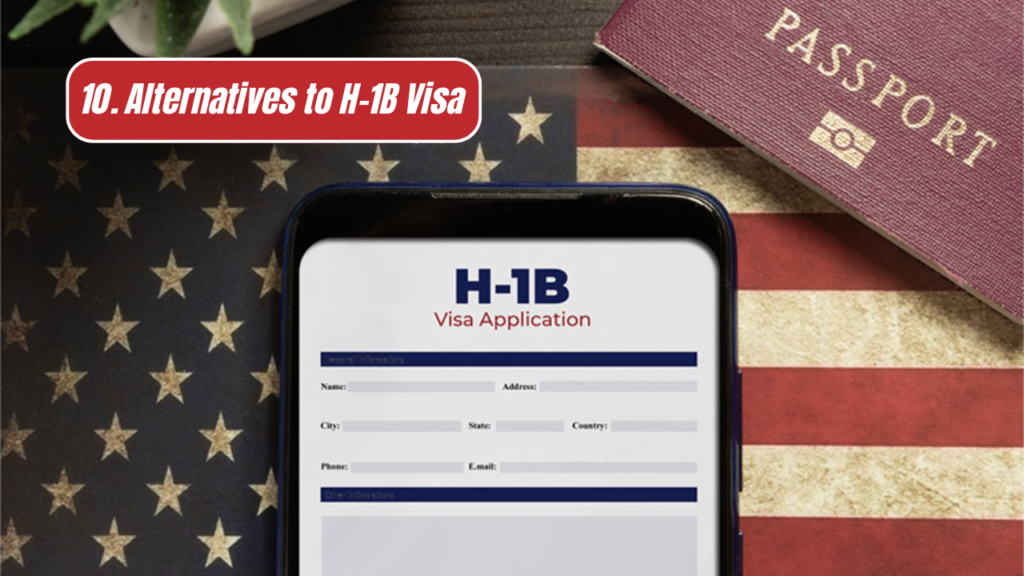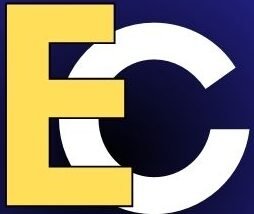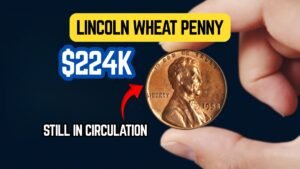The H-1B visa is one of the most sought-after non-immigrant work visas in the United States, especially among skilled professionals from around the world. The H-1B visa allows U.S. companies to employ foreign workers in specialty occupations that require theoretical or technical expertise. Due to the overwhelming number of applicants compared to the annual quota, the H-1B visa is issued through a lottery system. In this comprehensive guide, we will explore the entire process, eligibility criteria, recent updates, and what applicants should expect in 2025.
Table of Contents
- Introduction to the H-1B Visa
- Eligibility Criteria
- The H-1B Cap and Lottery System
- H-1B Registration Process
- Selection Process
- Filing the H-1B Petition
- Common Reasons for Rejection
- Recent Changes and Trends
- Employer Responsibilities
- Alternatives to H-1B Visa
- Impact on Applicants and Employers
- Frequently Asked Questions
- Conclusion
1. Introduction to the H-1B Visa
The H-1B visa program was created under the Immigration and Nationality Act to allow U.S. employers to temporarily employ foreign workers in specialty occupations. These occupations typically require a bachelor’s degree or higher in a specific specialty such as IT, engineering, finance, medicine, or academia.
2. Eligibility Criteria
To qualify for an H-1B visa:
- The applicant must have a U.S. bachelor’s degree or higher in a related field.
- The job must require a degree in a specific specialty.
- There must be an employer-employee relationship.
- The employer must pay the prevailing wage for the position.
3. The H-1B Cap and Lottery System
There is an annual cap on the number of H-1B visas issued:
- Regular Cap: 65,000 visas
- Master’s Cap: Additional 20,000 visas for those with U.S. master’s degrees
When the number of applications exceeds the cap, the United States Citizenship and Immigration Services (USCIS) conducts a random lottery.

4. H-1B Registration Process
Since 2020, employers must first electronically register each applicant. The process typically includes:
- Create a USCIS online account
- Submit registration with a $10 fee
- Wait for selection results
5. Selection Process
USCIS randomly selects registrants:
- First, 65,000 from the entire pool (Regular Cap)
- Then, 20,000 from those with U.S. master’s degrees (Master’s Cap)
Applicants not selected in the lottery must wait until the following year or seek alternative visa options.
6. Filing the H-1B Petition
If selected, the employer must file Form I-129 (Petition for a Nonimmigrant Worker) with supporting documentation such as:
- Labor Condition Application (LCA)
- Educational credentials
- Offer letter and job description
7. Common Reasons for Rejection
- Incomplete or inaccurate documentation
- Failure to prove the specialty occupation
- Employer not in good standing
- Applicant lacking qualifications
8. Recent Changes and Trends
In recent years:
- USCIS implemented electronic registration to streamline the process.
- Increased scrutiny and site visits
- Shift toward high-skilled, high-wage jobs
- Ongoing discussions about increasing cap limits and revising the lottery system
9. Employer Responsibilities
Employers must:
- Ensure compliance with LCA requirements
- Pay at least the prevailing wage
- Notify USCIS of material changes
- Avoid benching (unpaid non-productive status)

10. Alternatives to H-1B Visa
Some alternatives include:
- L-1 Visa (Intra-Company Transfer)
- O-1 Visa (Individuals with Extraordinary Ability)
- TN Visa (for Canadian and Mexican citizens)
- F-1 OPT/CPT
11. Impact on Applicants and Employers
For applicants, the lottery system can be a high-stress, uncertain process. For employers, it creates unpredictability in hiring. Many companies have had to build strategies around H-1B alternatives and contingency hiring.
Table: Key Dates in the H-1B Visa Lottery Process
| Step | Description | Timeline |
|---|---|---|
| Employer Registration | Employers register selected employees | March (annually) |
| Lottery Selection | USCIS conducts lottery | Late March |
| Petition Filing Period | Form I-129 filed for selected applicants | April – June |
| USCIS Processing | USCIS reviews and processes petitions | Up to 6 months |
| Start Date | Work may begin | October 1st (FY year) |
12. Conclusion
The H-1B visa lottery system remains a critical pathway for skilled foreign professionals to work in the United States. However, due to its highly competitive nature, both applicants and employers must prepare thoroughly and understand the intricacies of the process. With changes in immigration policy and technology evolving the application process, staying informed is key. By exploring alternatives and understanding all aspects of the H-1B system, applicants can better navigate their immigration journey and improve their chances of working in the U.S. legally and successfully.
13. FAQs
Q1: Can I apply for the H-1B visa without a job offer?
No. You need a U.S. employer to sponsor your application.
Q2: What are my chances of being selected in the H-1B lottery?
Selection rates vary annually but are generally around 25-30% due to high demand.
Q3: Can I switch employers while on an H-1B visa?
Yes, but the new employer must file a new H-1B petition (H-1B transfer).
Q4: How long can I stay in the U.S. on an H-1B visa?
The initial stay is up to 3 years, extendable to a maximum of 6 years.
Q5: What happens if I’m not selected in the lottery?
You can try again next year or explore alternative visa options like OPT, L-1, or O-1.



